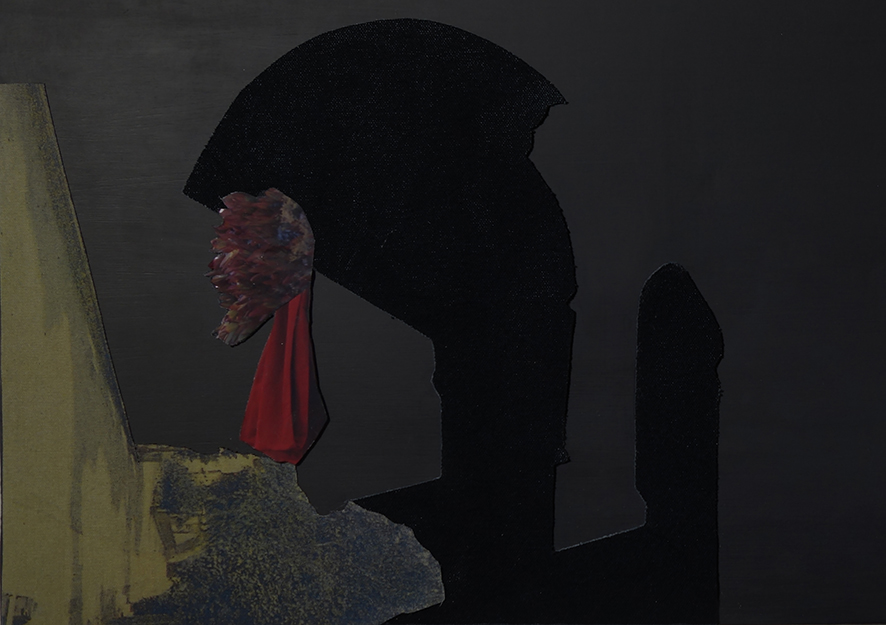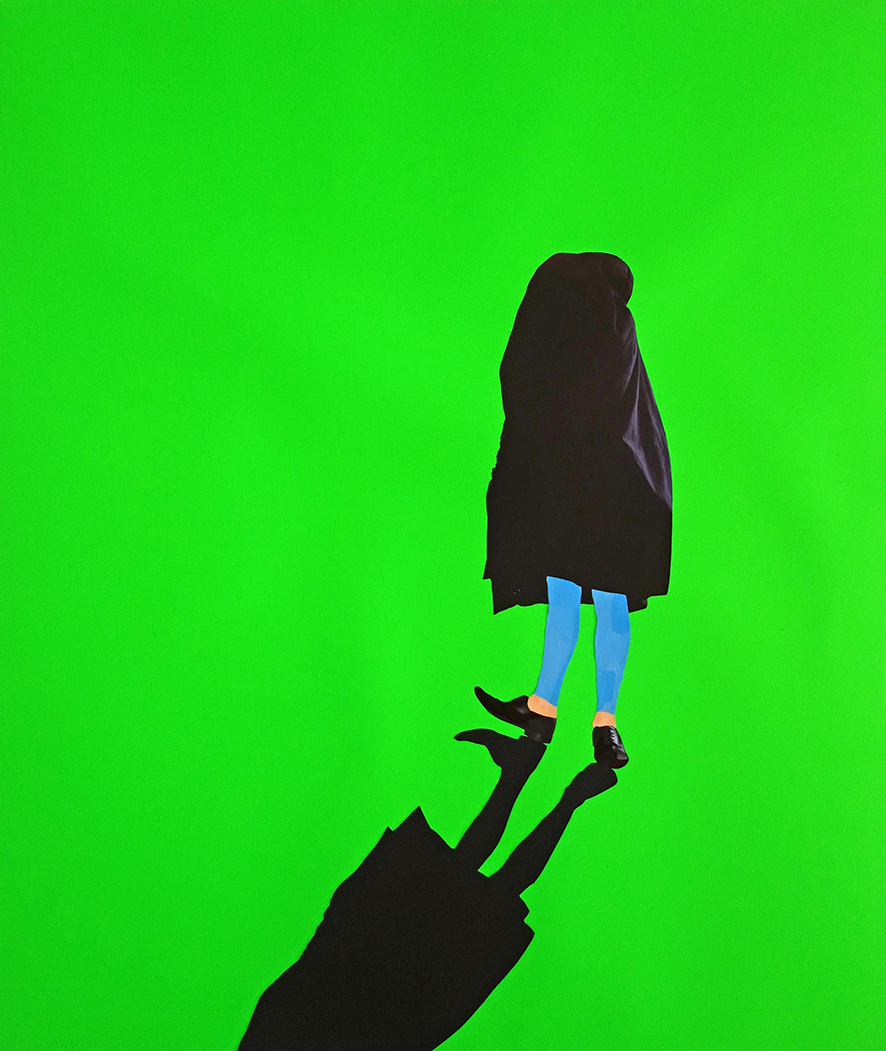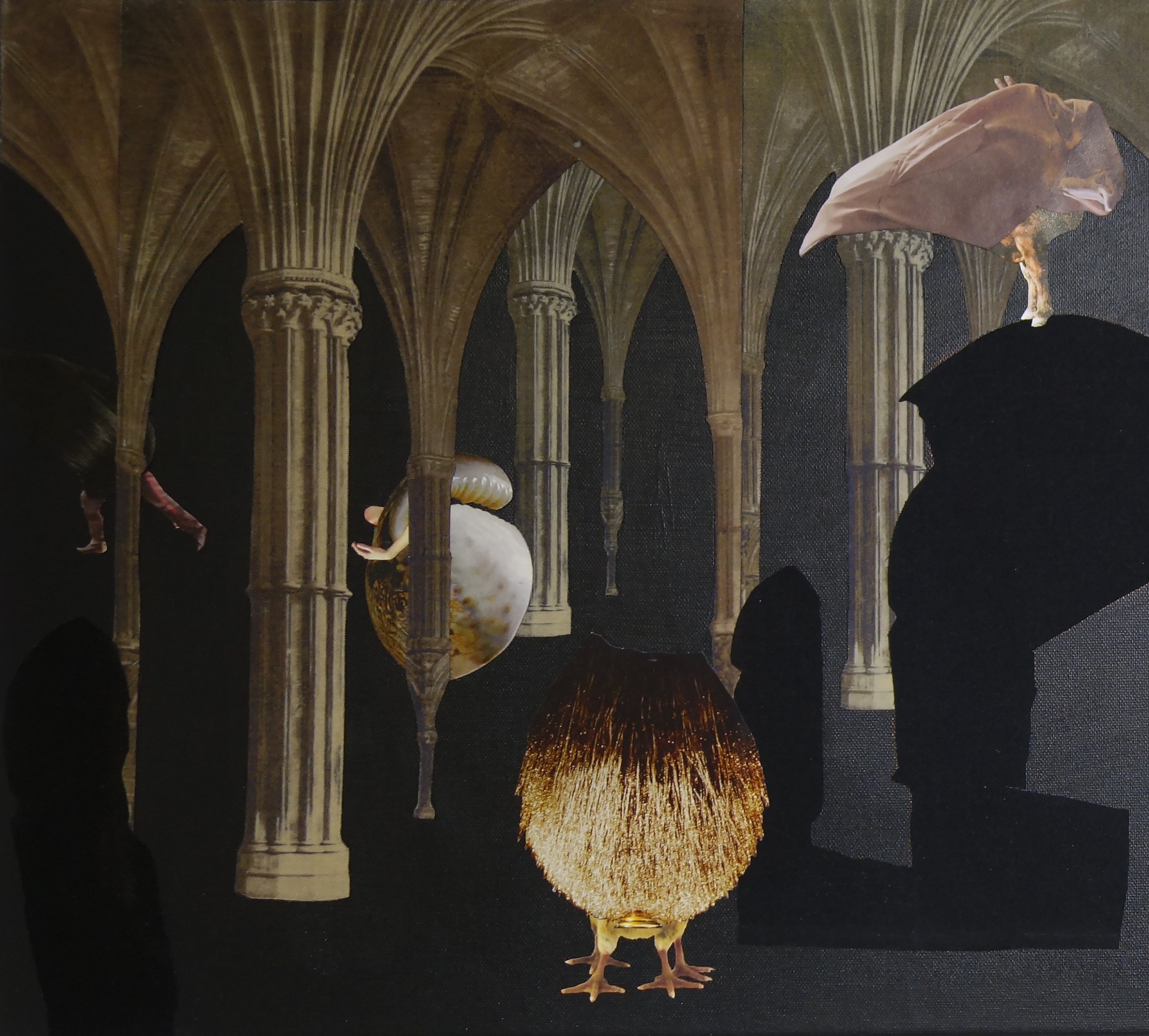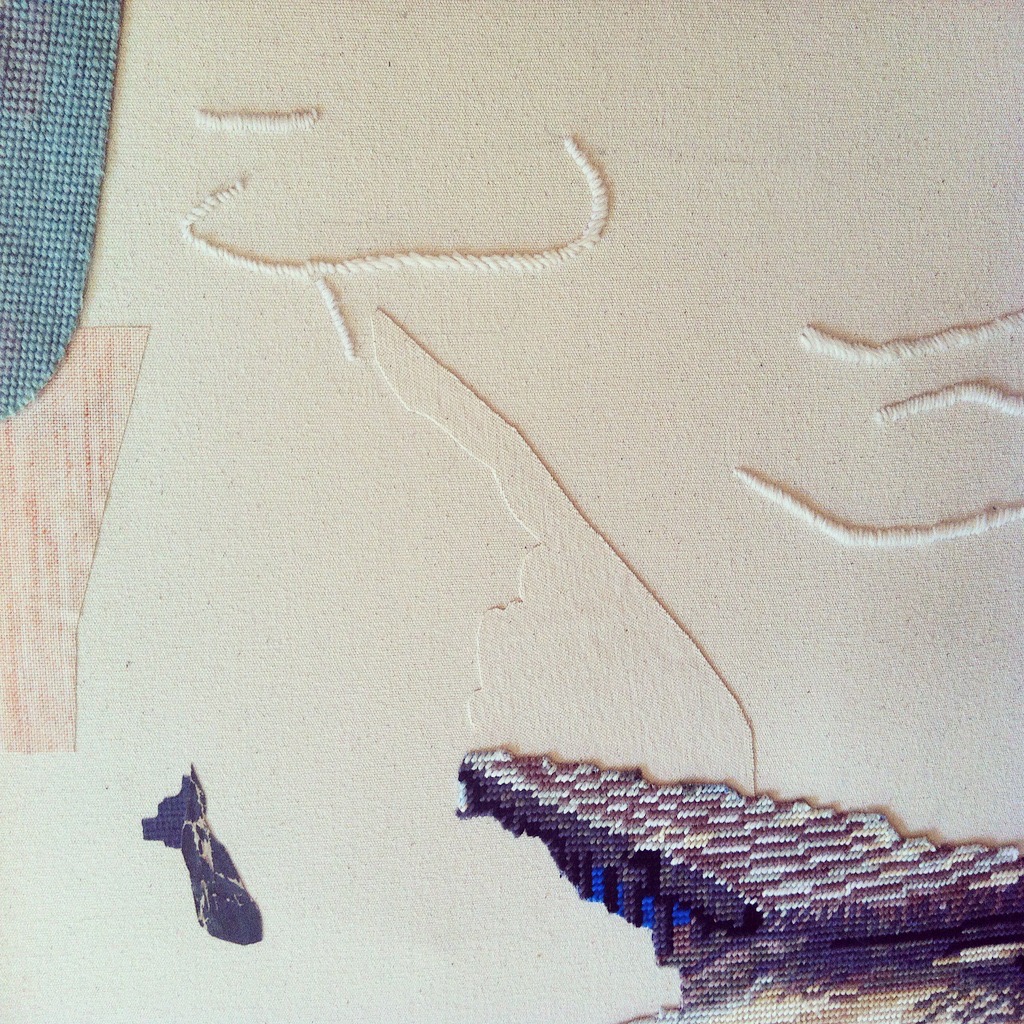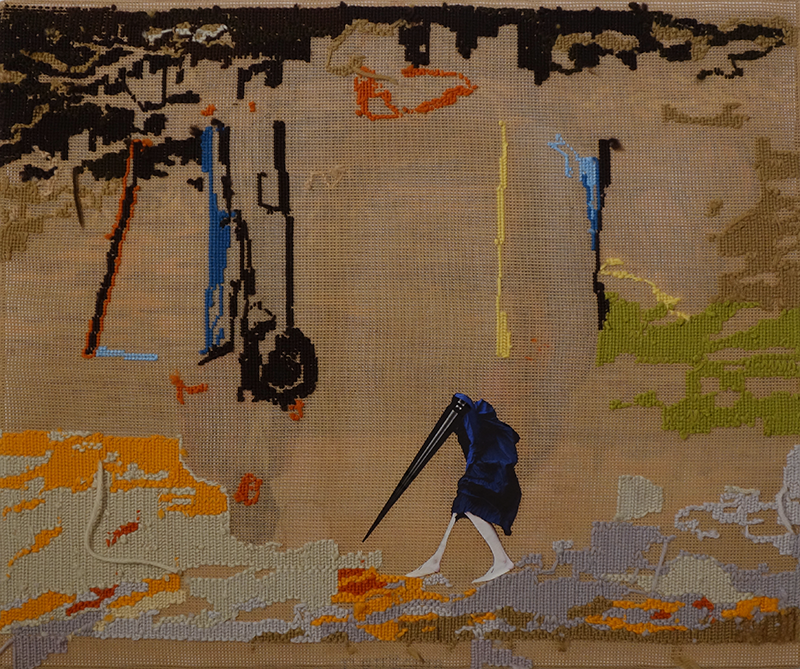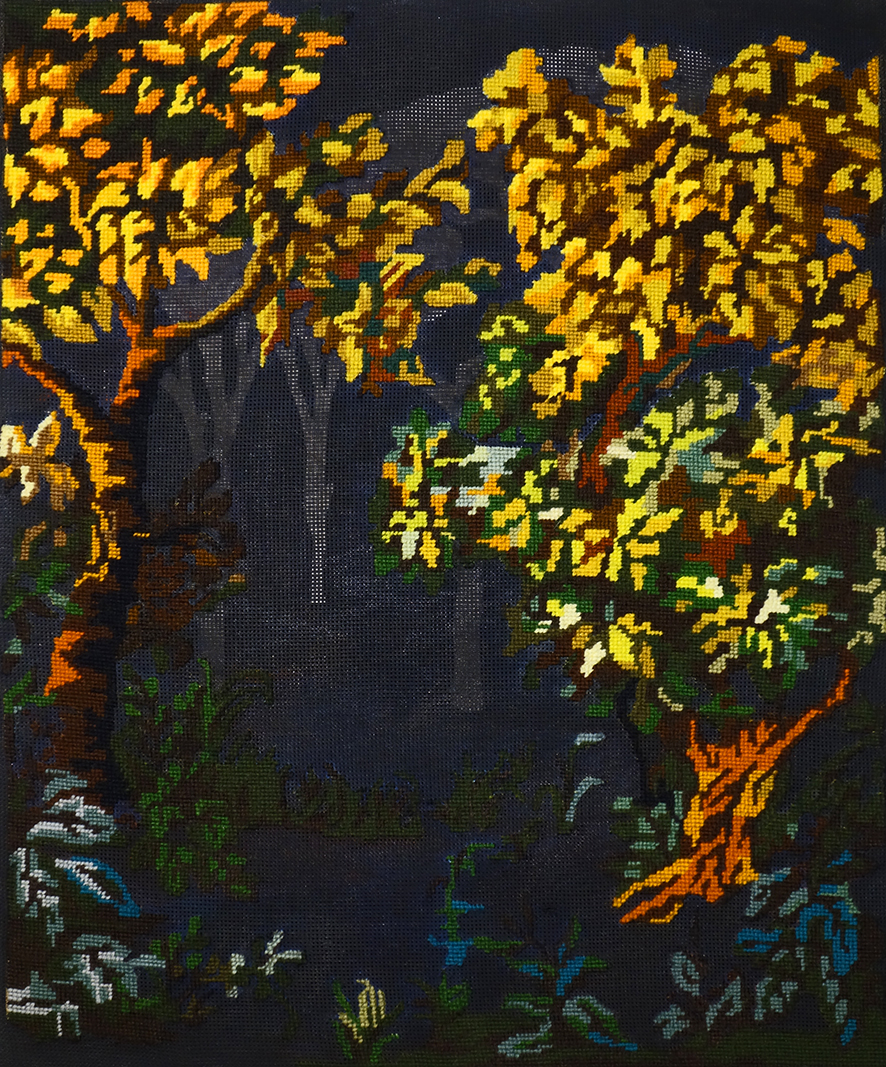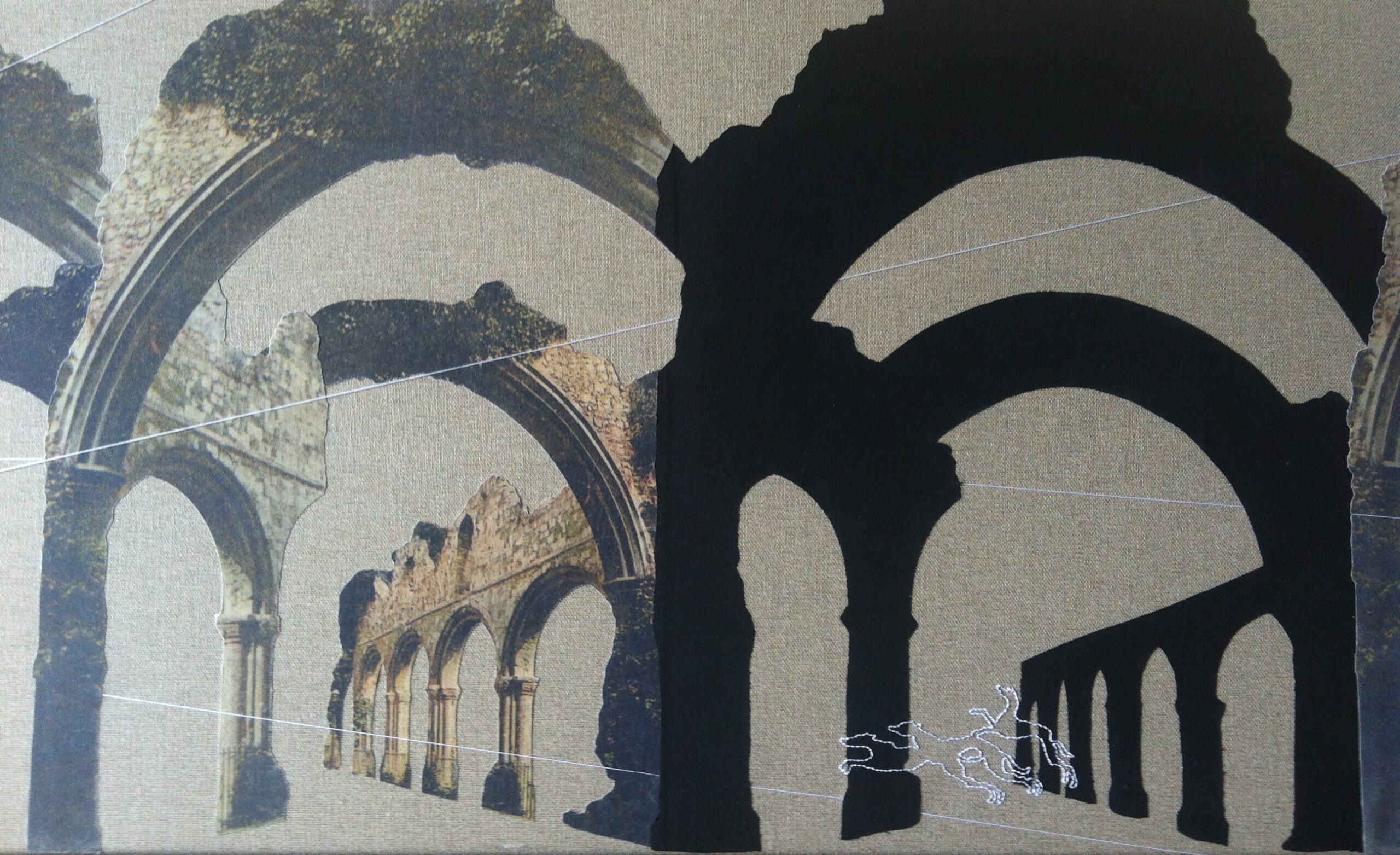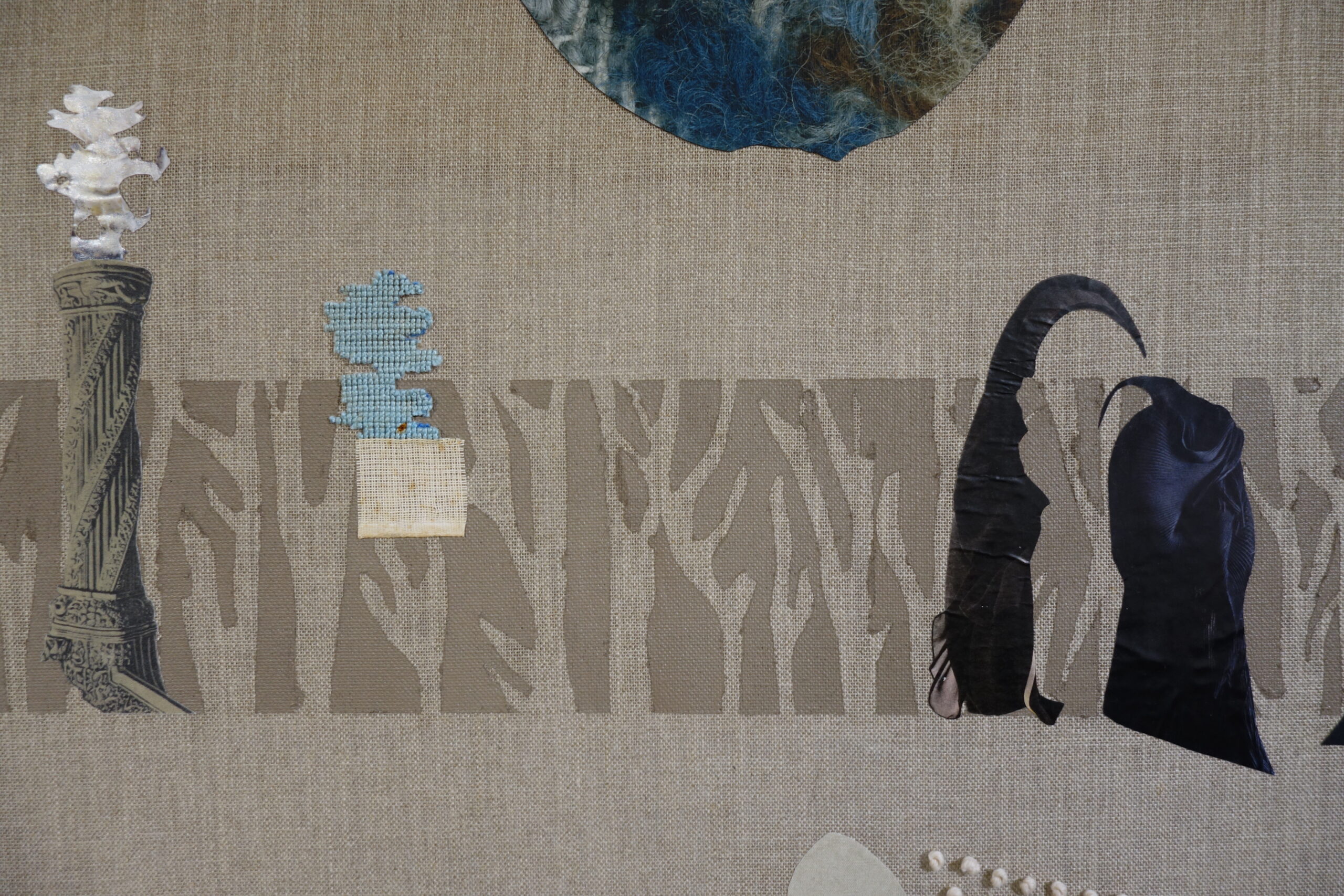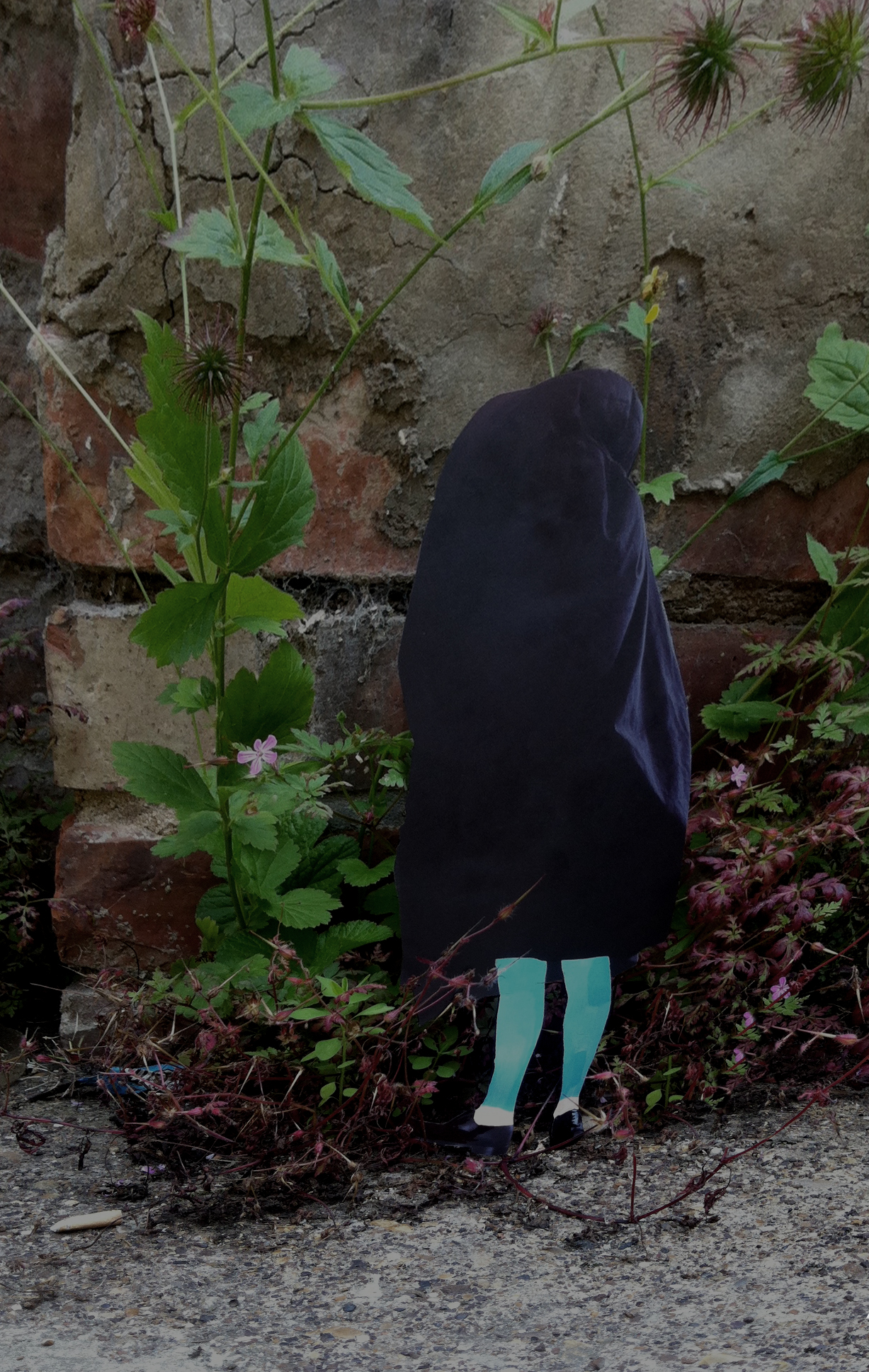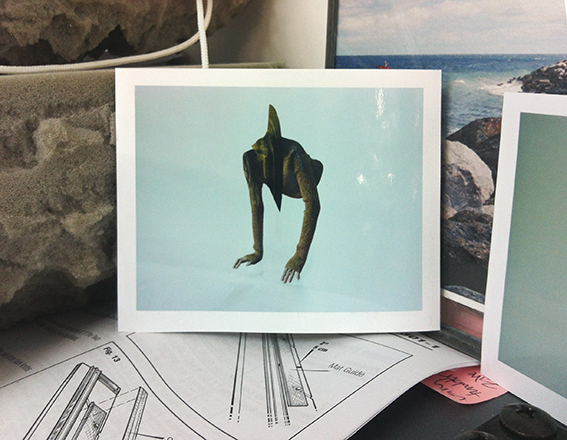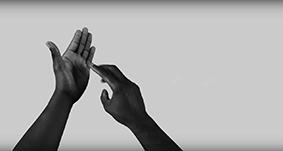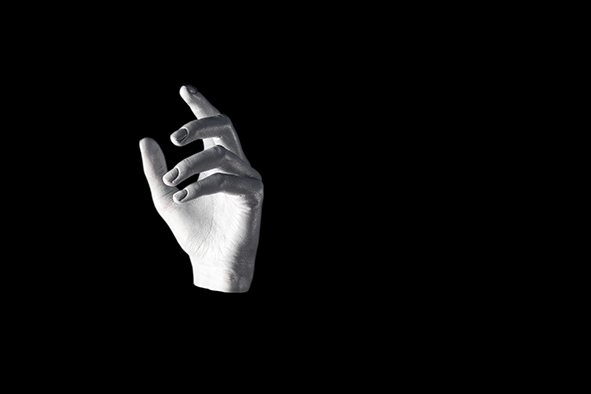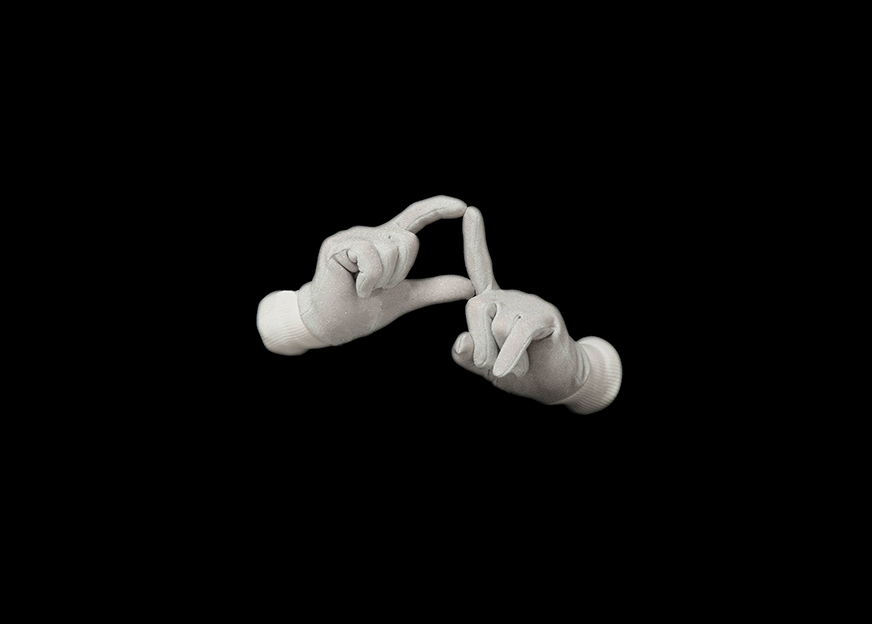The dogs continue down the street, a dark low crowd bunched tight, shoulder rubbing shoulder, tails taut. A scruffy mongrel with a tagged collar grins at me, baring teeth so widely that the shape of its pink gums reminds me of Dad’s dentures in a glass by the bed. The collar is a sign that this one is new to the pack, only recently graduated from indoors to living outside. I wonder what happened to the family, and if there were any kids. Give it a few months and the collar will be gone.
When I get to the junction with the South Circular, I wait nervously for a gap in the cars. To keep vehicles moving they took the lights away, so it’s particularly bad for pedestrians here, because the traffic comes from three different directions. I make a dash for it in front of a Sainsbury’s lorry, a white face high up in the cab, an open mouth shouting obscenities over the horn blast. I count the days and work out that it is the third Tuesday of the month, which is why the curb is spilling over with plastic milk bottles, fried chicken bones and dusty pizza crusts. Bin day tomorrow. The men that come wear special protective clothing and are supposed to bag everything, but as soon as they see the dogs running they scramble up the sides of the van and they’re off.
The behavioural psychologists say that the dogs are returning to a more primal existence because they no longer see us as the dominant species. Once we stopped feeding them even the pugs and the cavapoos got nippy, sinking their teeth into anything fleshy, their flat black eyes red-rimmed and wild. It didn’t take long for people to stop thinking about them as beloved pets. Those with cars started dumping their dogs in woods miles away, and those who couldn’t be bothered to drive just abandoned their dogs in a local park or playground, like the one up the hill. No one goes there now.
About two months ago I saw a mastiff playfully toss a white chihuahua in the air. The others in the pack started doing it too and the chihuahua was screaming like a baby. It survived initially and crawled away into a blanket, shivering, but later I found the blanket trampled into the ground by the river. Since then I’ve noticed fewer and fewer small dogs around here.
I skitter past the fast food places but the pack is focused on the side doors where the staff come and go. There is a man inside wearing a red and blue uniform. The smell of rotting vegetables, rancid fat and sweat is nauseating. The dogs stand, ears forward, jaws drooling, waiting.
